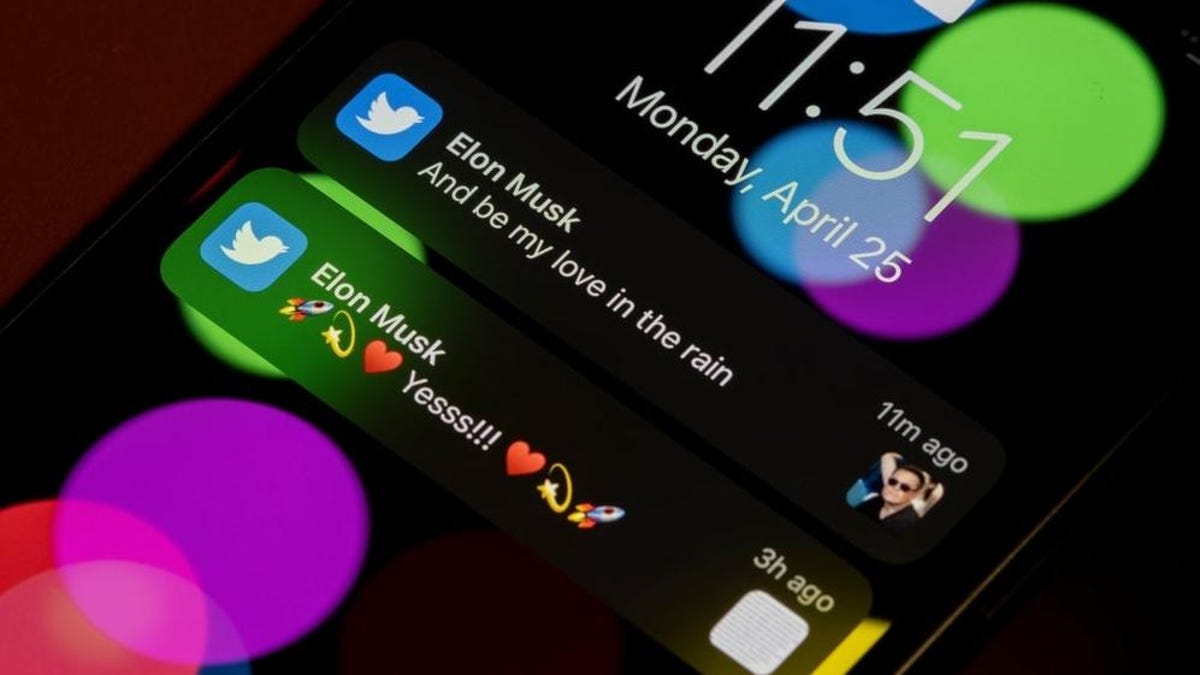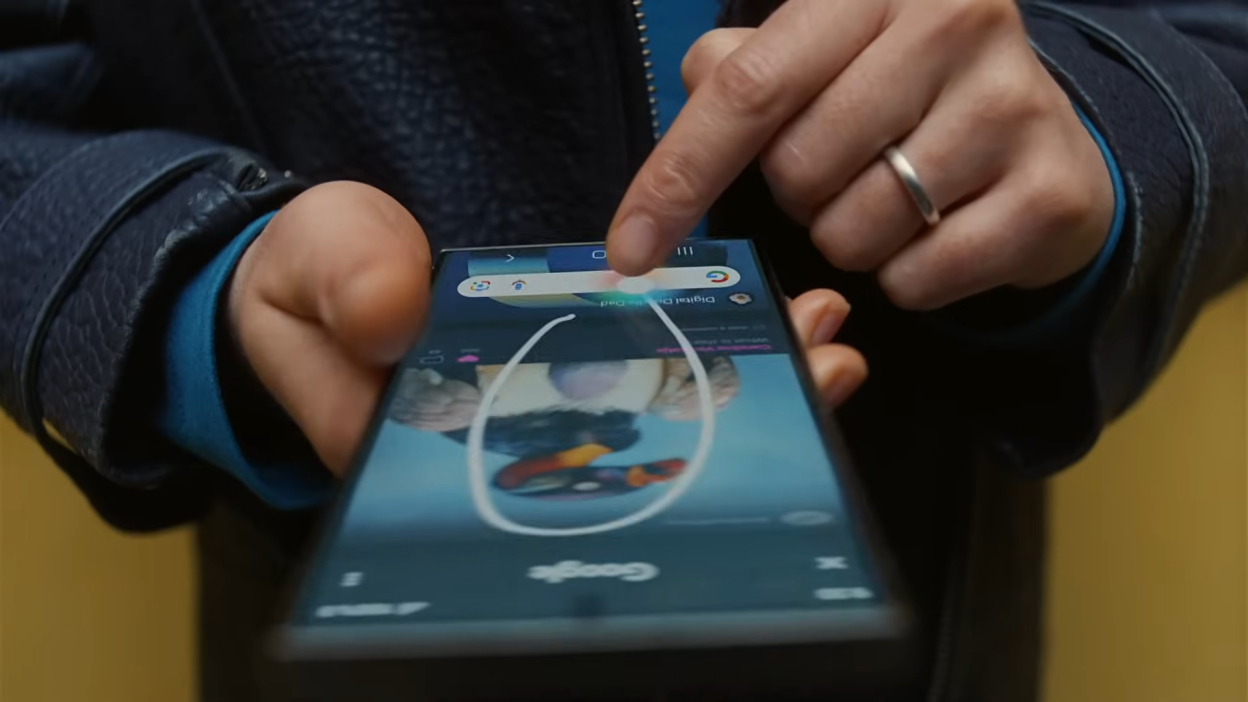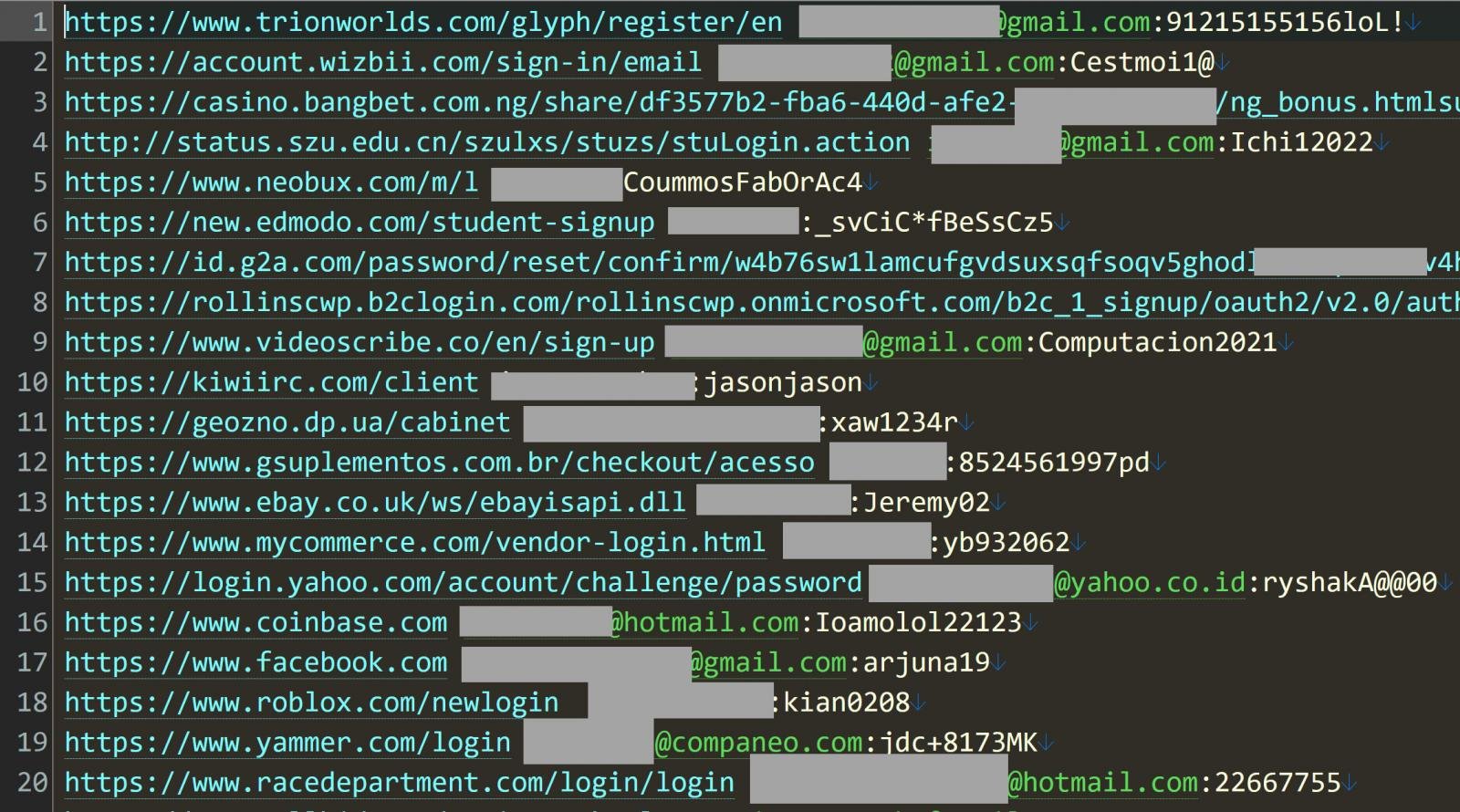Apple is making major changes to the App Store and other core parts of iOS in Europe in response to new European Union laws. Beginning in March, Apple will allow users within the EU to download apps and make purchases from outside of its App Store. The company is already testing many of these changes in its iOS 17.4 beta, which is available now to developers.
Apple has long resisted many of these changes, arguing that it would leave users susceptible to scams, malware and other privacy and security issues. But under the EU’s Digital Markets Act, which goes into effect March 7, major tech companies like Apple are required to make significant changes to their businesses.
[…]
The most significant changes will be for developers, who will be able to take payments and distribute apps from outside of the App Store for the first time. Under the new rules, Apple will still enforce a review process for apps that don’t come through its store. Called “Notarization,” the review will use automation and human reviewers and will be “focused on platform integrity and protecting users” from things like malware. But the company notes it has “less ability to address other risks — including apps that contain scams, fraud, and abuse, or that expose users to illicit, objectionable, or harmful content.”
Apple is also changing its often-criticized commission structure so that developers will pay 17 percent on subscriptions and in-app purchases with the fee reducing to 10 percent for “most developers” after the first year.
At the same time, Apple is tacking on a new 3 percent “payment processing” fee for transactions that go through its store. And a new “core technology fee” will charge a flat €0.50 fee for all app downloads, regardless of whether they come from the App Store or a third-party website, after the first 1 million installations.
[…]
pple will offer new APIs that will allow app makers to access the iPhone’s NFC chip for wireless payments, enabling tap-to-pay transactions that don’t rely on Apple Pay.
It’s also making a tweak to its Safari web browser so that iOS users in Europe will be immediately prompted about whether they want to change their default browser the first time they launch the app after the iOS 17.4 update. Additionally, browser developer will be able to use an engine besides Apple’s own WebKit, which could lead to browsers like Chrome and Firefox releasing new versions using their own technology for rendering sites.
[…]
Source: Apple details how third-party app stores and payments will work in Europe
So… I wonder how many apps will easily find their way through the “Notarization” process? And how do they justify charging for downloads from stores they do not own? It can not possibly be in the spirit of the EU laws to allow this.




















